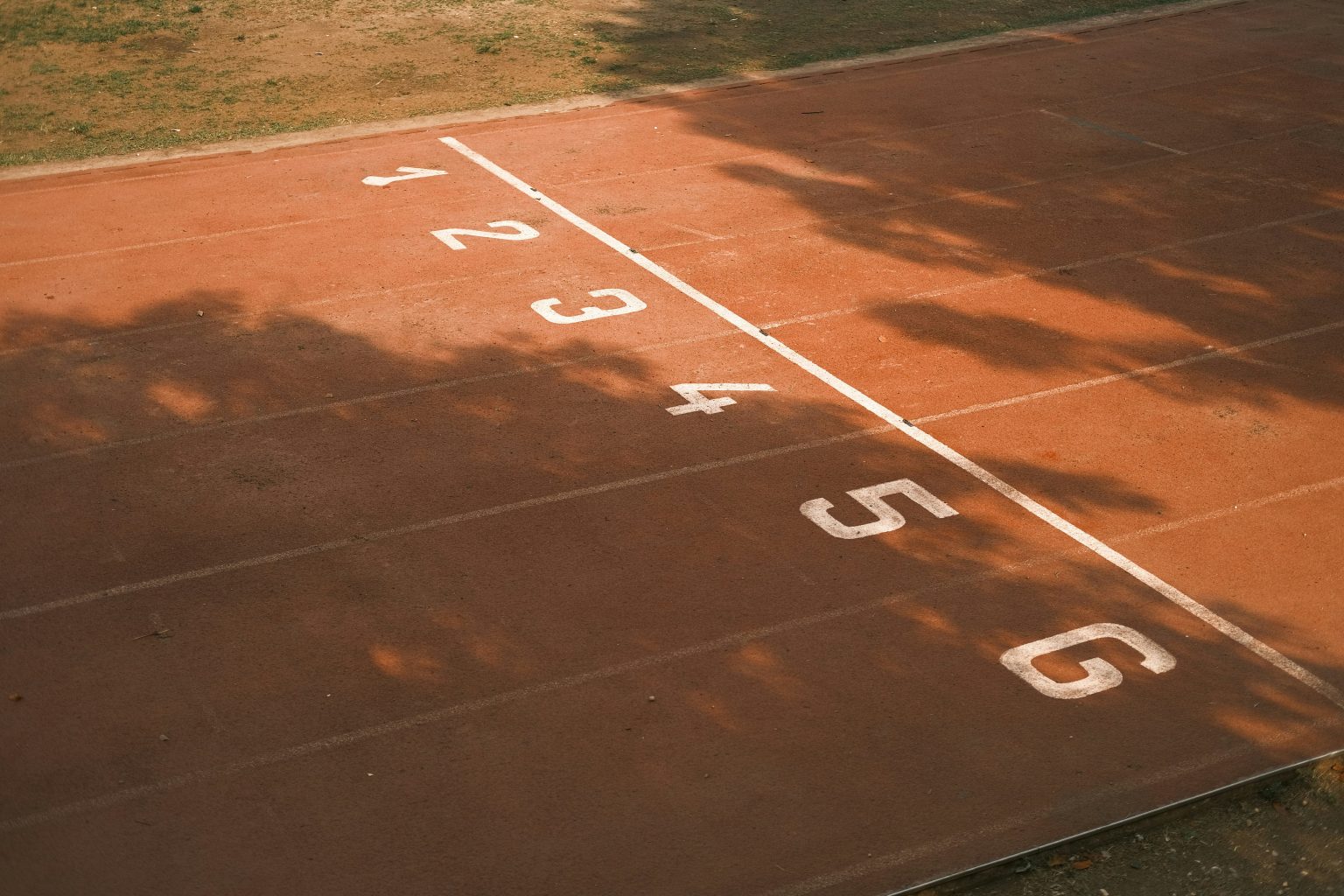The surface of a running track can be as crucial to an athlete’s performance as their training routine. From the basic, uneven tracks of the past to the scientifically engineered synthetic surfaces of today, the evolution of running track materials has significantly influenced the sport. The journey to using high-tech materials has not only improved athletic performances but also enhanced safety, making it possible for athletes to push the boundaries of speed and endurance.
As running track surfaces have a fascinating history, below we’ll delve into how these changes have impacted performance and what the technological advancements behind these innovations are. We’ll also look at what the future may hold for the next generation of track surfaces, with companies such as Feldspar pushing forward with exploring innovations in sensor-enabled, smart running tracks to drive performance even further.
When Did Synthetic Tracks First Come Into Use?
Changes in running track surfaces have been driven by a desire to use materials that enhance both performance and safety. Initially, athletes ran on natural surfaces like grass and cinder. Grass tracks, common until the early 20th century, offered limited speed and required substantial maintenance. Cinder tracks, made from crushed volcanic rock, were a significant improvement and became the standard by the mid-20th century, including in the Olympics. These surfaces, however, were uneven and weather dependent.
The breakthrough came in the 1960s with the introduction of Tartan tracks, which were first used at the 1968 Olympics in Mexico City. These were the first all-weather synthetic tracks made from polyurethane, offering consistent performance characteristics. This innovation set the stage for the development of modern synthetic tracks used today, drastically changing the dynamics of track and field competitions.
Types of Running Track Surfaces
Running track surfaces have evolved significantly over the years. Whilst competition-level surfaces tend to be the most advanced, there are still many natural surfaces being used due to them being much cheaper to install alongside synthetic surfaces.
Natural Surfaces
Synthetic Surfaces
Technological Advancements
There have been significant strides in the materials used for running tracks and engineering, aimed at enhancing athletic performance and safety. Developing surfaces that optimise speed, shock absorption, and energy return allows athletes to perform at their best all year round.
Material Innovations
Early synthetic tracks used relatively simple compounds of rubber and polyurethane. Over time, more complex blends have been developed to improve longevity and environmental resistance. The same company have produced every Olympic track since 1976, featuring layered structures. Those used during the Paris 2024 Olympics have two layers, with the visible purple rubber track above a lower honeycomb layer that assists with energy return and shock absorption.
Innovative design techniques have also revolutionised track surfaces. The use of prefabricated rolls and tiles allows for uniform thickness and density, ensuring consistent performance across the track. This also makes it easier to install, with the track at the Stade de France for the Paris 2024 Games taking 10 weeks to install. Additionally, advanced drainage systems have been integrated beneath surfaces to enhance their all-weather capabilities, preventing water accumulation and ensuring quick drying.
Sustainable and Smart Technologies
Recent trends have seen the development of eco-friendly tracks made from recycled materials and the exploration of smart tracks embedded with sensors, such as those from Feldspar. These sensors can provide real-time feedback on performance metrics such as speed, stride length, and foot impact, offering athletes and coaches valuable data for training improvements. They are also lightweight and versatile to install and can potentially change the fan experience too, providing live data for on-screen overlays, apps and much more.
Through these advancements, running track surfaces have not only become more sophisticated and performance-oriented but also more adaptable and sustainable, meeting the modern demands of the sport and environmental standards.
How This Has Impacted Athletic Performance
As you can imagine, the evolution of running track surfaces has had a profound impact on athletic performance. Modern synthetic tracks offer superior traction and stability, enabling athletes to achieve faster speeds with greater safety. Since 1972, a reported 300 world records have been broken on tracks, and that was before the Paris games had begun.
The shock-absorbing qualities of contemporary track materials significantly lower the risk of injuries such as stress fractures and shin splints. This protective feature is vital for athletes’ long-term health and career longevity. The consistency across these surfaces also ensures fairness in competition, as athletes can perform under similar conditions regardless of location.
Overall, the technological improvements in track surfaces have not only enhanced performance but have also revolutionised training and competition strategies, pushing athletes to new limits while safeguarding their physical well-being.
What’s Next For Running Tracks?
Expect to see more groundbreaking innovations driven by advancements in technology and a growing emphasis on sustainability. One promising direction as mentioned is the development of smart tracks embedded with sensors. These tracks will eventually provide instant feedback on performance metrics, allowing athletes and coaches to fine-tune training in real time and potentially predict and prevent injuries by analysing data.
Additionally, the push towards environmental sustainability is likely to accelerate the adoption of eco-friendly materials in track construction. Those used in Paris are made from 50% recycled materials, so this will improve with every Olympics going forward.
These innovations will not only enhance athlete performance but also transform the track and field landscape into a more data-driven and environmentally conscious sport. Certainly, it’s exciting times ahead for athletes looking to break records and fans eagerly watching on.



